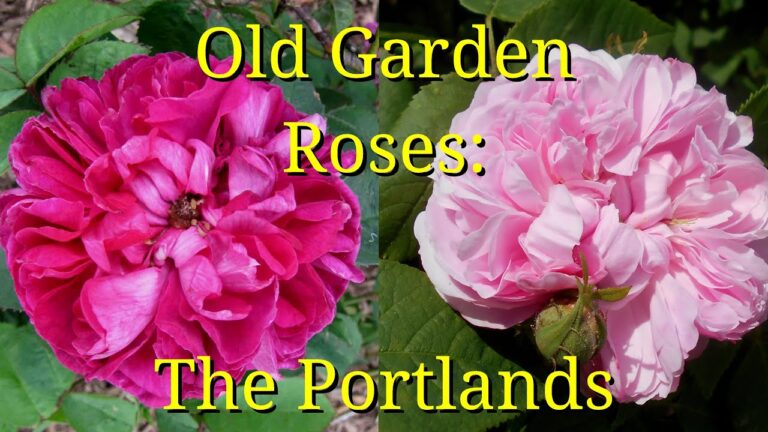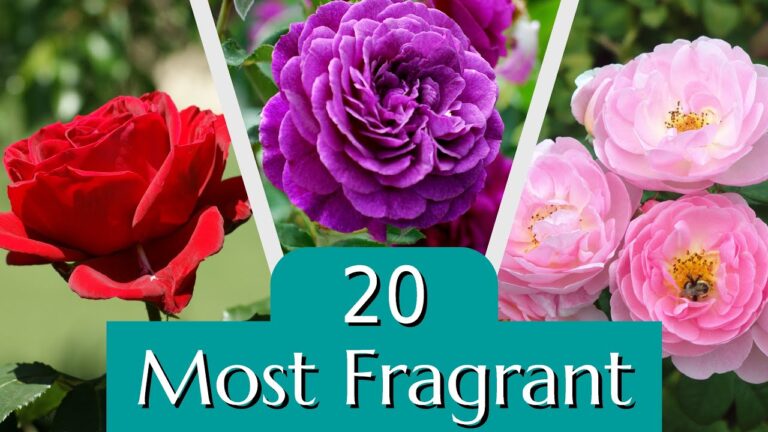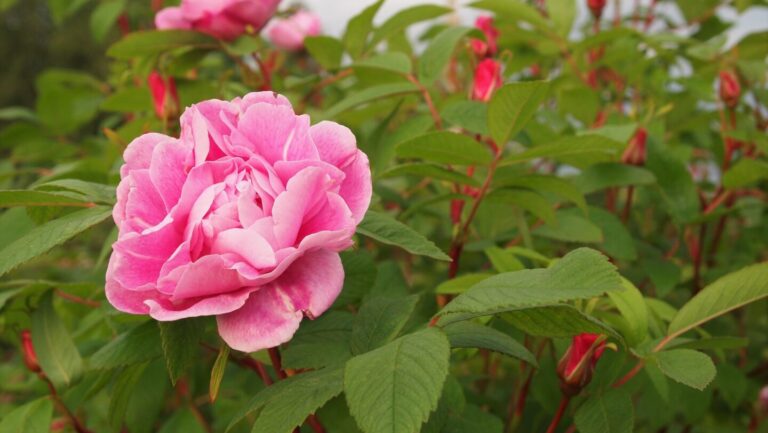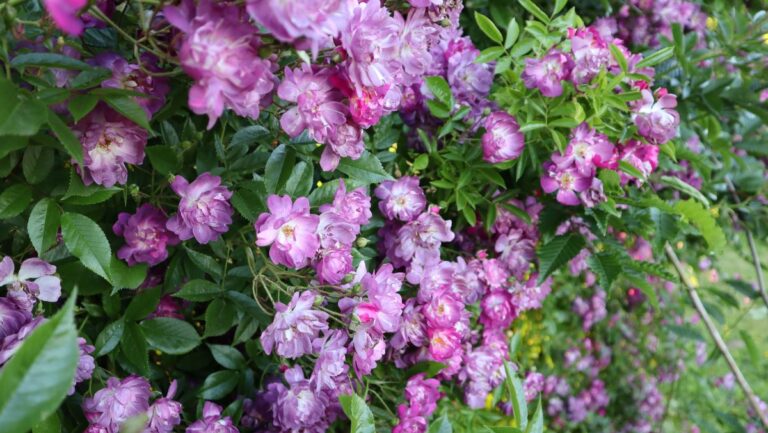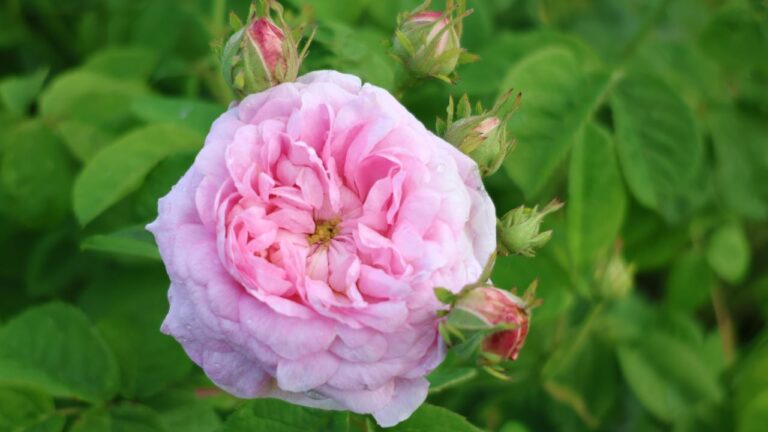Growing Success in Heavy Clay Soil: Best Edibles and Ornamentals
Heavy clay soil may seem challenging, but it offers unique advantages for certain plants. Discover the best edibles and ornamentals that thrive in clay, along with practical tips to embrace your soil’s natural properties for a vibrant, productive garden.


